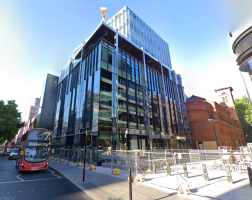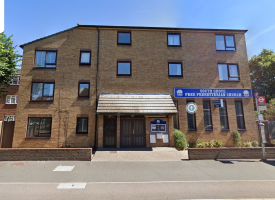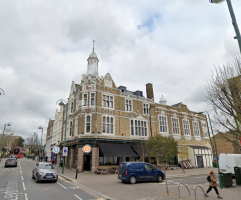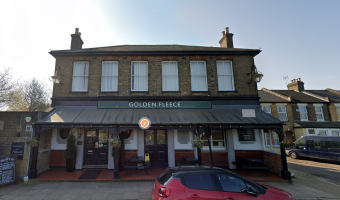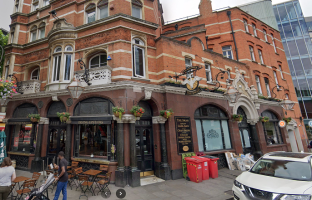efekåseo_suomi
Ancient Mariner
O2 Arena, Home of modern day Iron Maiden
Address: Peninsula Square, London SE10 0DX
Description: If the 1976-1978 era Iron Maiden had its home at Cart and Horses, the reunion era Iron Maiden has firmly established its modern-day stronghold at The O2 Arena, located just about a kilometer south of their original haunt in East London. Over the years, The O2 Arena has hosted some of the band's most monumental performances, particularly during their reunion era. From the thunderous shows of The Final Frontier World Tour in 2011, where Iron Maiden captivated audiences over two consecutive nights, to the highly acclaimed Maiden England Tour in 2013, The O2 Arena has been a recurring venue for the band's epic live spectacles. The venue also witnessed the band's powerful renditions during The Book of Souls World Tour in 2017, with back-to-back performances that left fans in awe. The Legacy of the Beast Tour in 2018 further cemented The O2 Arena's status as the band's modern-day home, showcasing Iron Maiden's continued dominance in the metal scene. Most recently, during The Future Past Tour in July 2023, Iron Maiden returned to The O2 Arena for two unforgettable nights. These shows, marked by setlists that spanned the band's illustrious career, saw the arena packed with fans eager to witness the band’s unparalleled live energy. With set times extending late into the night, these performances at The O2 Arena have solidified the venue as the definitive home for Iron Maiden’s reunion era, echoing the band's storied history in their East London roots.
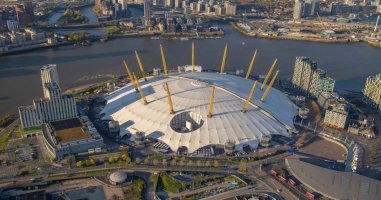
Address: Peninsula Square, London SE10 0DX
Description: If the 1976-1978 era Iron Maiden had its home at Cart and Horses, the reunion era Iron Maiden has firmly established its modern-day stronghold at The O2 Arena, located just about a kilometer south of their original haunt in East London. Over the years, The O2 Arena has hosted some of the band's most monumental performances, particularly during their reunion era. From the thunderous shows of The Final Frontier World Tour in 2011, where Iron Maiden captivated audiences over two consecutive nights, to the highly acclaimed Maiden England Tour in 2013, The O2 Arena has been a recurring venue for the band's epic live spectacles. The venue also witnessed the band's powerful renditions during The Book of Souls World Tour in 2017, with back-to-back performances that left fans in awe. The Legacy of the Beast Tour in 2018 further cemented The O2 Arena's status as the band's modern-day home, showcasing Iron Maiden's continued dominance in the metal scene. Most recently, during The Future Past Tour in July 2023, Iron Maiden returned to The O2 Arena for two unforgettable nights. These shows, marked by setlists that spanned the band's illustrious career, saw the arena packed with fans eager to witness the band’s unparalleled live energy. With set times extending late into the night, these performances at The O2 Arena have solidified the venue as the definitive home for Iron Maiden’s reunion era, echoing the band's storied history in their East London roots.


